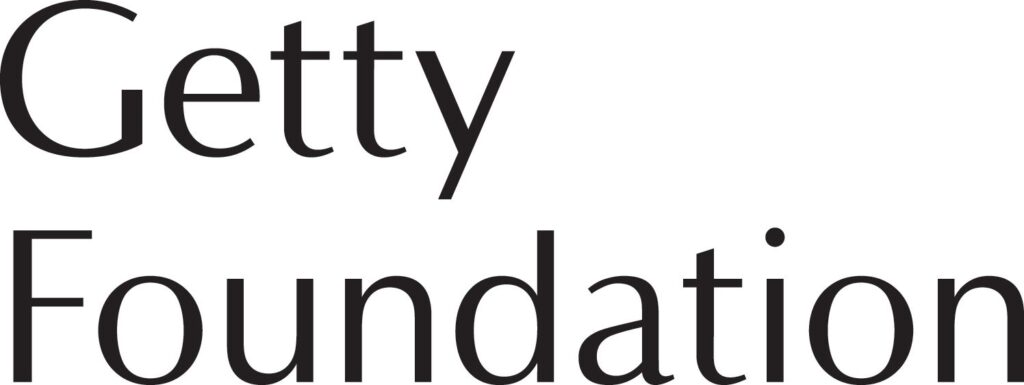Long before the first European ship entered this seascape in the late 15th century, the Indian Ocean connected the artistic traditions of the Asian, Middle Eastern, and African worlds. In recent years, a new generation of scholars has begun to work seriously on the linked domains of the Swahili coast of East Africa, the edges of the Arabian Peninsula, and the shores of South and Southeast Asia, producing fruitful research in the emerging subfield of Indian Ocean art history. Their insights not only challenge previous assumptions about art traditions at the national level but also grow the boundaries of art history more generally, by incorporating new objects, sites, and materials that have their own vibrant, multifaceted, and maritime histories.
Indian Ocean Exchanges is a research, fellowship, and travel program that aims to build a robust network of international scholars and professionals who are committed to advancing Indian Ocean art history. It posits the collective experiences of cross-cultural travel, exchange, and community formation as the foundation to cultivate this sub-field in formation, with the goal of widening and amplifying the expertise that develops in any single regional (and landed) context.
The program hosted a cohort of 15 international fellows, providing a space for connection along shared intellectual affinities. The project team, a group of international Indian Ocean art historians, offered mentorship for the fellows’ ongoing research projects and guidance for their future professional development. This experience also provided a promising foundation of skills and opportunities for continuing collaboration among a cohort that will contribute richly to the future of Indian Ocean art history.
The program was launched through a series of virtual meetings that will begin in Summer 2021. In 2022, the cohort embarked, as a group, on three international study trips, to the Arabian peninsula (2022), Southeast Asia (2022), and the coast of East Africa (2023). Each of these study trips provided opportunities to visit local archaeological and heritage sites and museum collections and entailed participation in public events that provided points of connection to the local research community. As of summer 2023, the active segment of the program has concluded, although an online publication is expected to appear on this site in 2024.
This program was organized by Nancy Um, formerly Professor of Art History and Associate Dean of Harpur College, Binghamton University and administered by the Research Foundation of the State University of New York. This program was made possible with support from the Getty Foundation through its Connecting Art Histories initiative.


Featured Image: A wood ‘Shirazi’ chest, 18th C. Museum of Islamic Art, Doha. Image from Sotheby’s: http://www.sothebys.com/en/auctions/ecatalogue/2010/arts-of-the-islamic-world-l10223/lot.376.html

